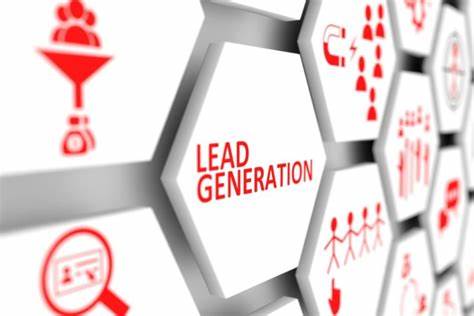
Fostering Inclusion: Navigating Diverse Workplace Dynamics
In the contemporary professional landscape, recognizing and embracing diverse workplace dynamics is a cornerstone for success. The evolving nature of the workforce demands a proactive approach to fostering inclusion and collaboration. Let’s explore the essential elements that contribute to creating a workplace that celebrates diversity.
Cultural Diversity as a Strength
Diverse workplace dynamics encompass a broad spectrum, including cultural backgrounds, ethnicities, genders, ages, and more. Companies that view this diversity as a strength rather than a challenge cultivate an environment where varied perspectives contribute to innovation and creativity. Embracing cultural diversity enhances problem-solving capabilities and opens doors to a broader market.
Inclusive Hiring Practices
The journey towards diverse workplace dynamics often begins with inclusive hiring practices. Companies committed to diversity prioritize creating a workforce that mirrors the rich tapestry of society. Implementing unbiased recruitment processes, actively seeking candidates from underrepresented groups, and providing equal opportunities are crucial steps in building a diverse team.
To stay informed on effective strategies for promoting diverse workplace dynamics, visit Diverse Workplace Dynamics. This platform offers valuable insights and resources for fostering an inclusive workplace culture.
Equitable Opportunities for Growth
An inclusive workplace ensures that all employees have equitable opportunities for professional growth and advancement. Diverse workplace dynamics thrive when individuals from different backgrounds are not only welcomed into the organization but are also provided with the tools, mentorship, and resources to excel in their careers. This approach not only benefits employees but contributes to the overall success of the company.
Open Communication and Active Listening
Effective communication is the bedrock of diverse workplace dynamics. Cultivating an environment where employees feel heard and understood is essential. Open communication channels, active listening, and feedback mechanisms create a culture of transparency. When diverse voices are not only welcomed but actively sought, it fosters a sense of belonging among team members.
Cultural Competency Training
To truly embrace diverse workplace dynamics, companies invest in cultural competency training. This type of training equips employees with the knowledge and skills to navigate cultural differences respectfully. By fostering cultural competence, companies create a workplace where everyone feels valued and understood, leading to stronger collaboration and team cohesion.
Flexible Work Arrangements for Inclusivity
Recognizing the diversity in personal circumstances, companies that offer flexible work arrangements contribute to a more inclusive environment. This could include options for remote work, flexible hours, or compressed workweeks. Flexible arrangements accommodate various needs, such as childcare responsibilities, health considerations, or differing cultural practices, fostering an inclusive and supportive workplace.
Leadership Representation Matters
In diverse workplace dynamics, the representation of diverse voices at leadership levels is crucial. Companies that prioritize diversity in leadership demonstrate a commitment to inclusivity. Diverse leadership brings different perspectives to decision-making processes, creating a more comprehensive and well-rounded approach to business strategies.
Celebrating Differences through Employee Resource Groups
Employee Resource Groups (ERGs) play a pivotal role in fostering diverse workplace dynamics. These groups provide a platform for employees with shared backgrounds or interests to connect, share experiences, and contribute to the organization’s success. ERGs create a sense of community within the workplace, promoting diversity and inclusion.
Continuous Diversity and Inclusion Assessment
Creating an inclusive workplace is an ongoing process. Companies committed to diverse workplace dynamics regularly assess their diversity and inclusion initiatives. This involves collecting feedback from employees, monitoring the effectiveness of policies, and making adjustments as needed. Continuous assessment ensures that the company remains responsive to the evolving needs of its diverse workforce.
In conclusion, embracing diverse workplace dynamics is not just a moral imperative; it’s a strategic business advantage. Companies that prioritize inclusivity create environments where employees feel valued, empowered, and motivated to contribute their best. To explore more about fostering diverse workplace dynamics, visit Diverse Workplace Dynamics for insights and resources.







